FULL WINTER SUN OR PART SHADE
pH
Neutral
PLANTING
October to March
FEEDING
Compost or Earth’s Original Organics plant food
EXPERIENCE
Easy
Lettuce will grow best for us low desert gardener’s when the weather is cooler. It is an easy crop to grow and a versatile crop because it can be grown in a small container, or a larger garden bed, therefore it is perfect for gardeners who do not have a lot of space. Even a sunny window ledge works fine. There are a lot of different varieties to try ranging from very tender and mild-tasting leaves to those that are firmer and crisp and can even stand up to a bit of grilling.
Lettuce does not require much in the way of amendments. Plant them out in a good composted soil and they will be fine. A very occasional feed of fish fertilizer can also be applied.
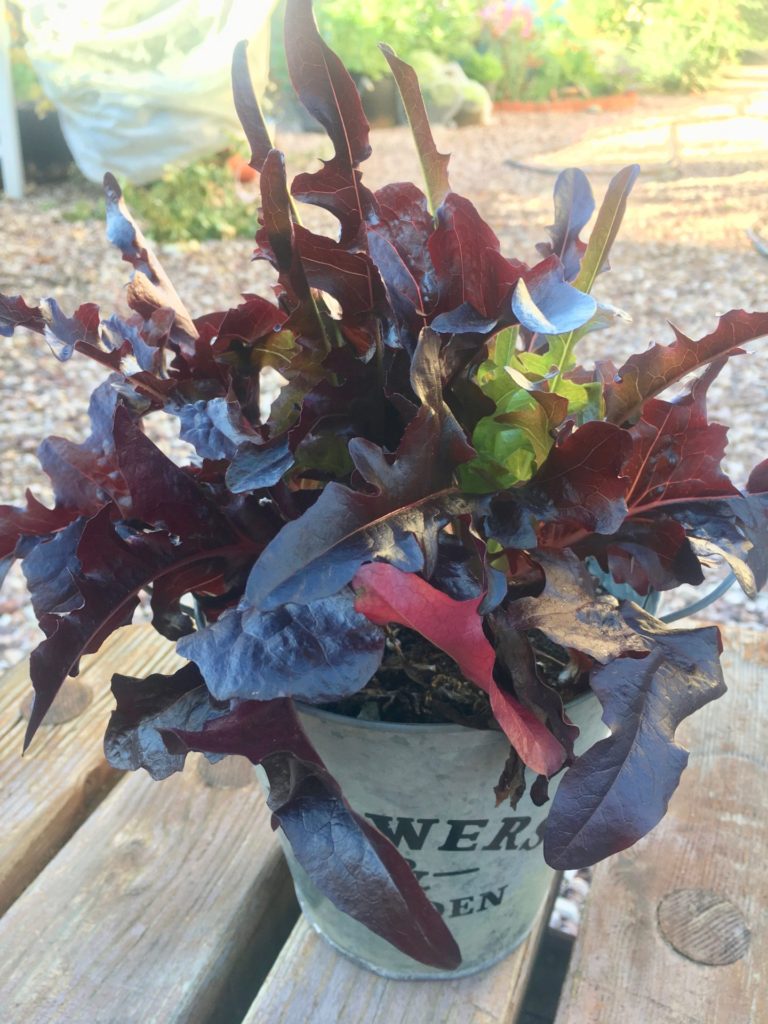
Varieties:
Butterhead/Bibb: Butterhead lettuce forms a loosehead and has smooth soft leaves. They are a favorite type for many people because they are so tender and also tend to be sweeter and less bitter. The interior tends to be a pale butter yellow and very tender. It is more tolerant of hot weather, so it is a good option to plant right at the end of our Spring-early April before the heat of summer takes over. It has intermediate nutrition content. This is a good lettuce for lettuce wraps, salads, and sandwiches. Varieties to try are Speckled Bibb, Buttercrunch, Mervaille De Quatre Saison, Yugoslavian Red Butter, May Queen, Big Boston, Sanguine Ameliore(Strawberry Cabbage).
Romaine/Cos: Romaine is known for its use in the Caesar salad. This is an elongated upright type of lettuce with a thick rib and crisp crinkled leaf. The outer leaves can be tough and sometimes even bitter. It is less tolerant of heat than the Butter types and prefers a loose fertile soil. It is the most nutritious of all the lettuce types. Try romaine lettuce by grilling halves on the grill, pair with fruit and nuts and creamy dressings. Varieties to try are Forellenschluss, also know as flashy trout, Rouge’ D Hiver, Yudikule, Red Pandero Romaine and Cimarron. Jericho, which has been bred in the desert heat and is more heat tolerant.
Crisphead/ Batavian: The iceberg lettuce is the most common crisphead type of lettuce. They are the least nutritious of the lettuce but also have the mildest flavor. This is a good option for those who find lettuce bitter. They have very tight crisp heads and are not tolerant of heat. It requires a long growing season and is best planted out in October – February in our desert conditions. Use this type of lettuce shredded on tacos, in salad bars, or for a wedge salad. Because the leaf is denser it holds up better to warm foods and stores better and longer than other types. Varieties to try Tennis Ball, Crisp Mint, Grenoblaise.
Looseleaf: The loose lead lettuce produces tender leaves that get quite large and cluster around a central stem. The oak leaf types fall under this category. They deteriorate faster than other types and do not store as well. They should also be dressed just before serving or they disintegrate into a soggy mess. They work well for cut and come again sowing. Use salads in of mixed greens, or lettuce with flowers and nuts and light vinaigrettes. Varieties to try are Amish Deer Tongue, Speckled Butter Oak, Lolla Rossa, Lunix, Bronze Arrowhead.
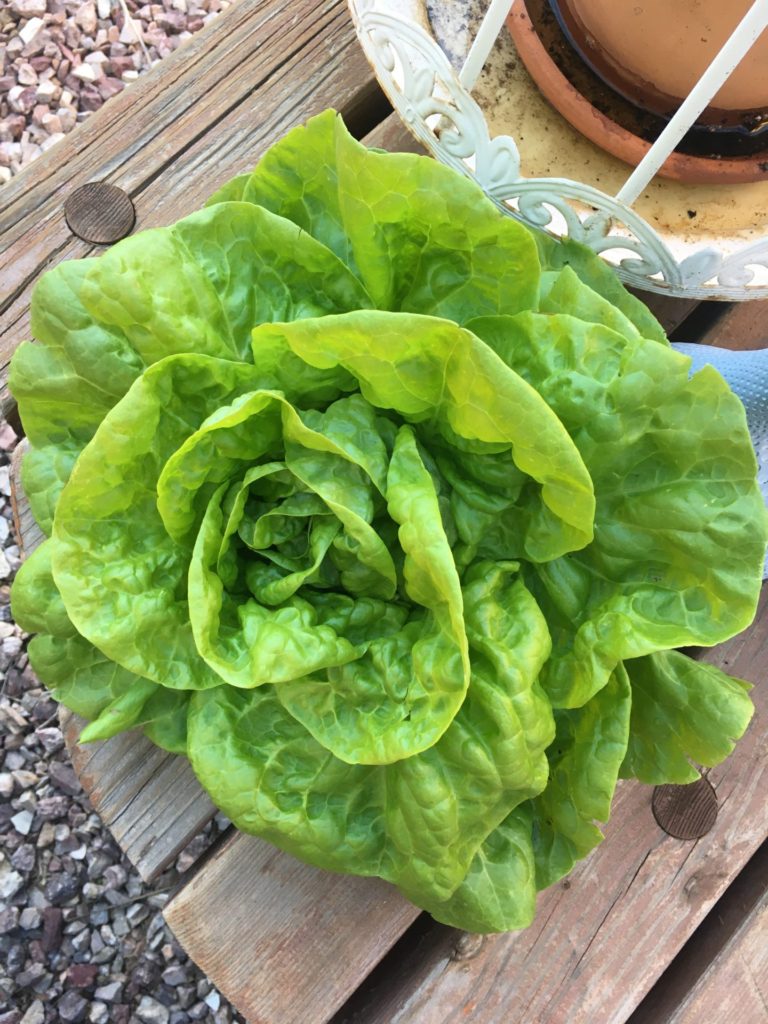
HOW TO GROW
- Lettuce seeds are categorized as either white or black, however, some do appear more grey or brown. Seed color is a clue to which varieties are genetically related.
- The seeds germinate best when temperatures are around 75-77 degrees. At 86 degrees, germination rates drop to about 87%.
- Around November, lettuce can be direct sown into the garden, but they can also be started under grow lights in mid-September and transferred to the garden mid to end October.
- Add some compost or Earth’s Original Organics plant food before planting to maintain nutrition and soil health.
- Lettuce seeds should not be sown deeply, sprinkle on the soil, and cover very lightly with seed starting mix.
- The seeds should be kept evenly moist. It is a good practice to check all newly planted seeds every morning and evening to ensure they are not drying out. However, lettuce does not like to be overly wet either.
- They germinate in about five to ten days and require little else , other than water and some fish emulsion every two weeks.
- In the garden, they can be tucked around garden beds and into empty spaces. They grow well in containers too.
- Well draining soil is best, do not let them dry out too much, and definitely do not overwater.
POSSIBLE ISSUES
Bolts Quickly
This could be due to heat or the lettuce drying out. Lettuce planted out in September or even early October has a tendency to bolt soon.
Aphids
Leuttcue stressed by heat and/or dry conditions will attract aphids and other pests. Red types are more prone to attracting pests than green varieties. Plant at the correct times to lessen the chances of pests. Work to build better soil. If aphids do become an issue, remove the most infected areas and spray with milk every 3 days until the issue has been resolved. Keep in mind, if temperatures are above 85, no amount aphid control can completely rid the plants of them as the issue is really a stressed plant due to temperatures.
Bitter
This could be due to bolting or the variety. The leaves on bolting lettuce can be eaten and the bitterness minimized by soaking the leaves in cold salted water to leach out some of the bitterness. Milder tasting varieties can also be planted.
Good Companions
Radish, carrots, strawberry.
Harvesting
Lettuce can be harvested by picking only the out large leaves allowing you to start eating your lettuce sooner and also keeping it growing longer.
Whole heads can also be harvested. Loose-leaf types are normally cut right down and will come right back.
Succession sow a few times during the season to keep a good supply of young tender lettuce and to replace heads that may be starting to bolt.
Propagation and Saving Seeds
Allow to flower. Lettuce will easily cross, so keep seed pure by only allowing one variety to go to seed, at a time in a smaller garden. the flowers will attract many pollinators and once the seed heads start to dry, many birds will visit for the seeds. Once they have flowered and started setting seeds, the whole plant can be chopped down and the top of the plant that contains all the seed heads can be bagged so that the dry seeds fall into the bag. After a couple of months, give them a good shake before collecting the seeds from the bag. For home gardeners, the fluffy white bits do not need to be removed from the seeds.
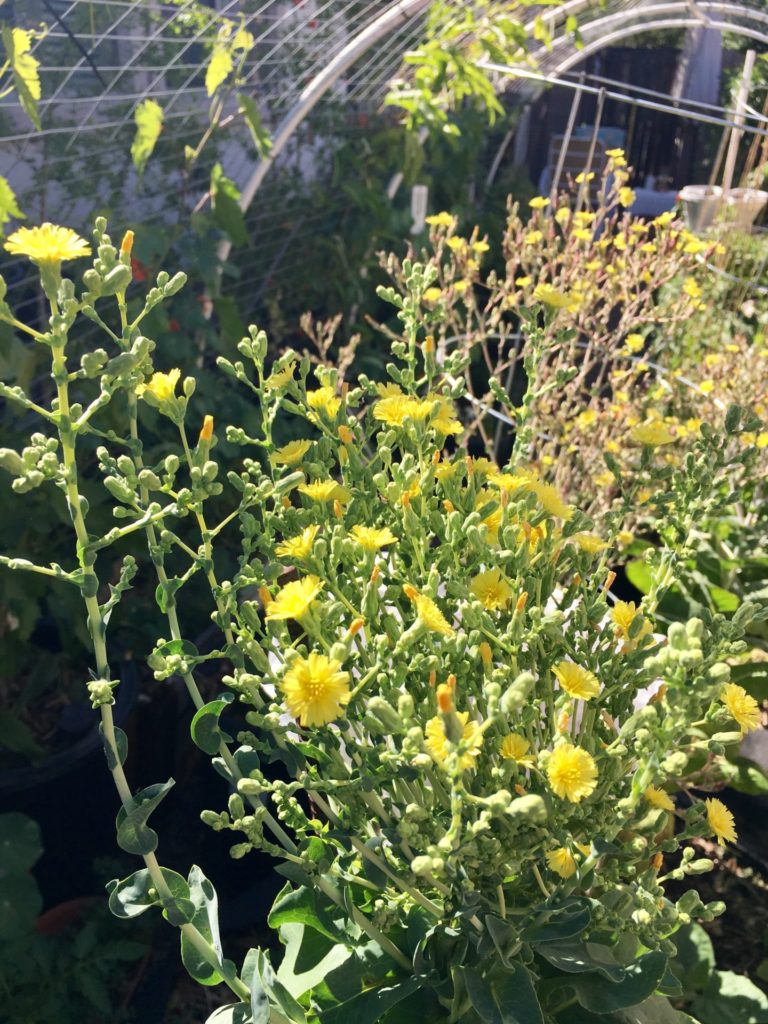


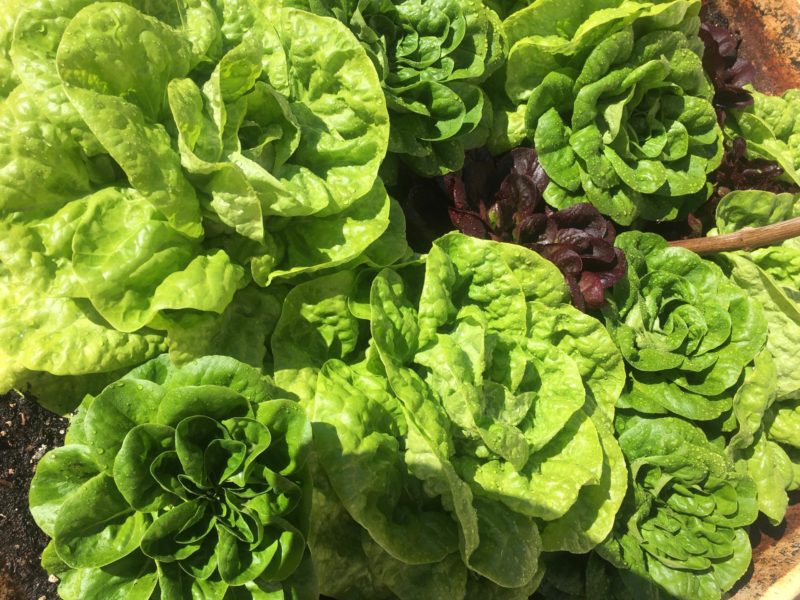
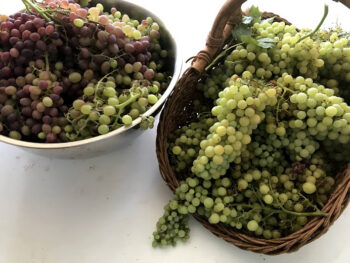
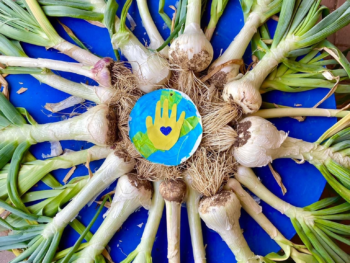
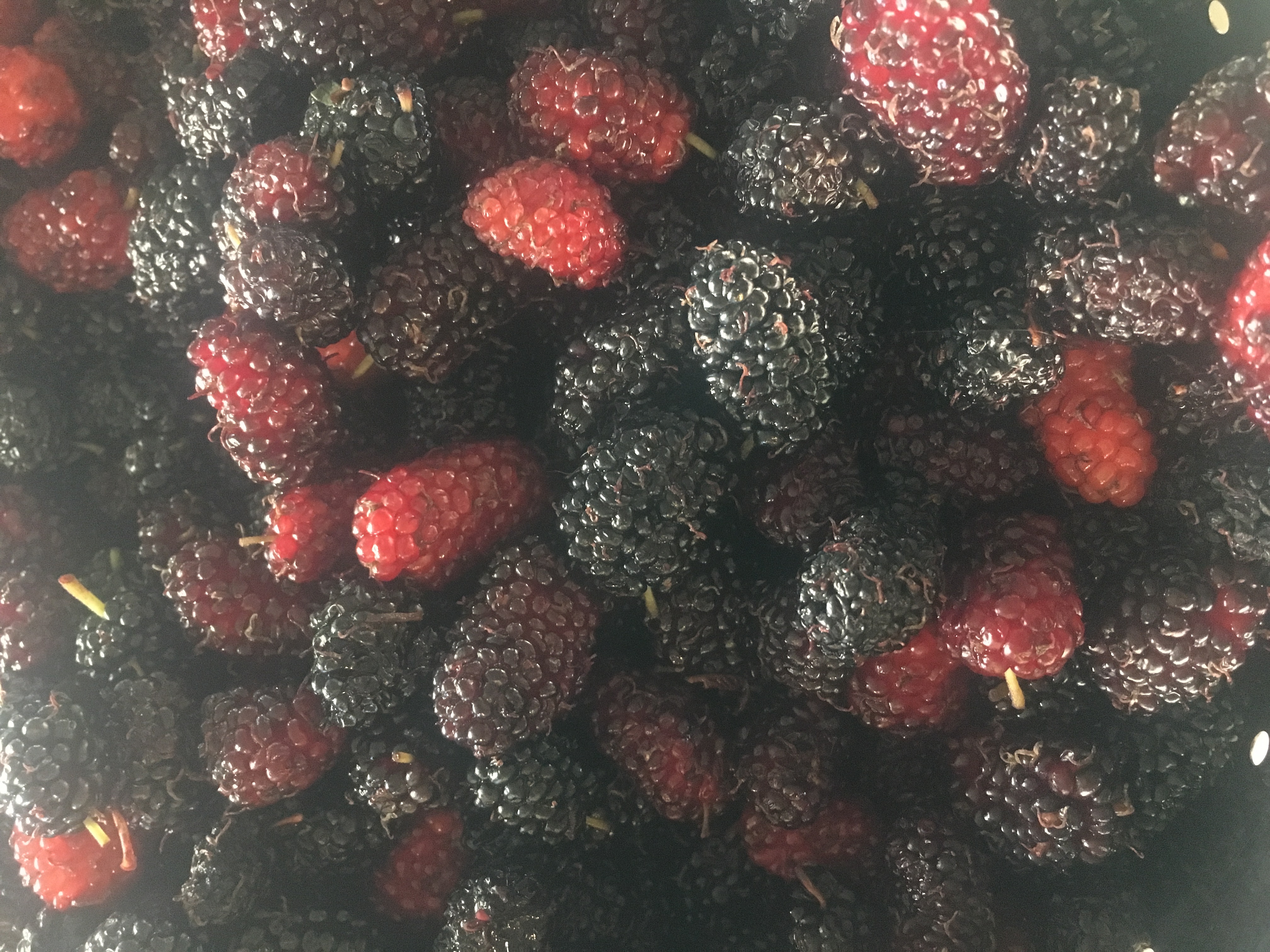
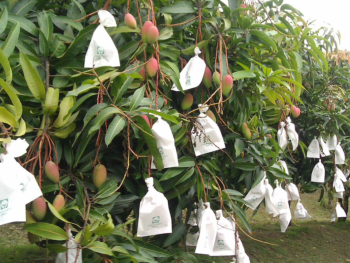
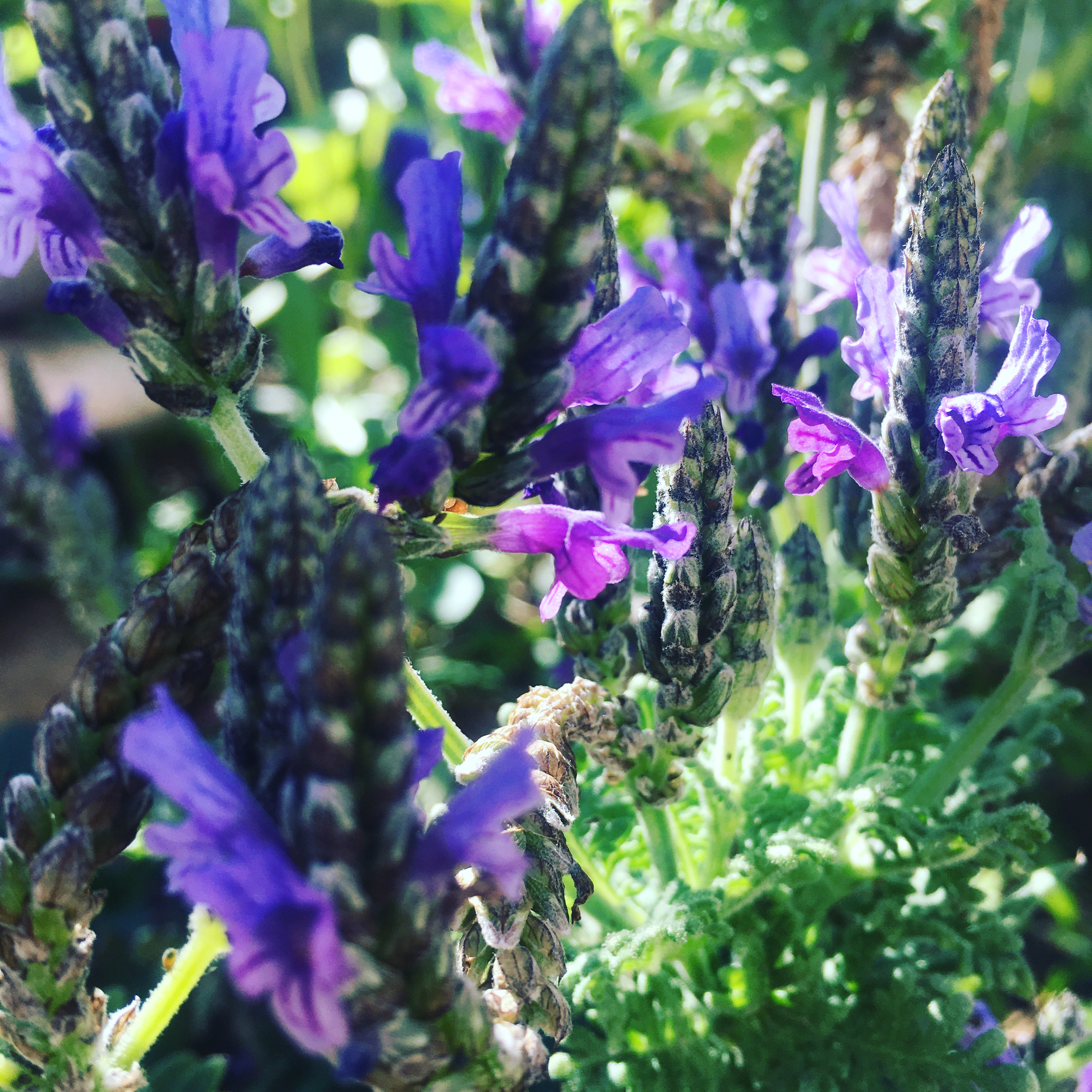
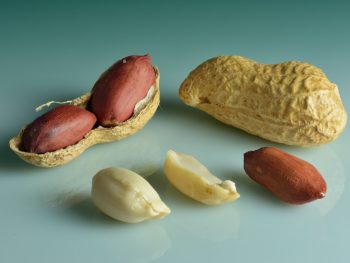
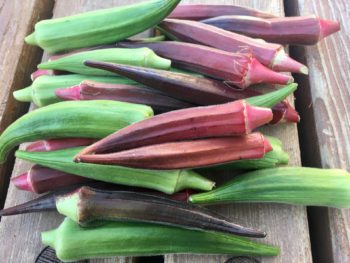
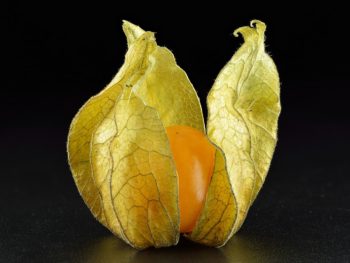
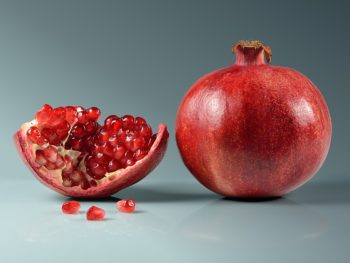
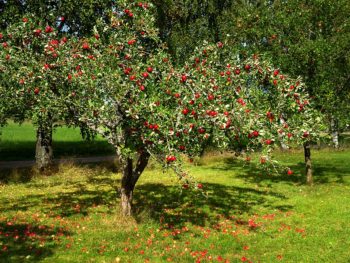
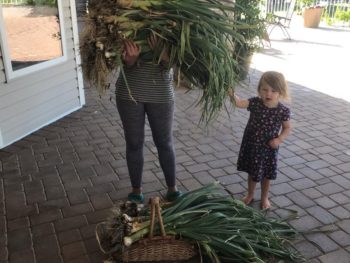
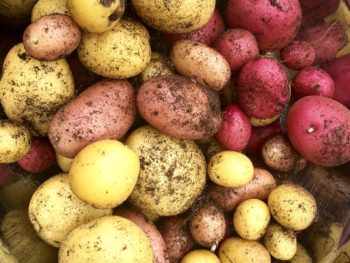
 My 2020 Tomato List
My 2020 Tomato List